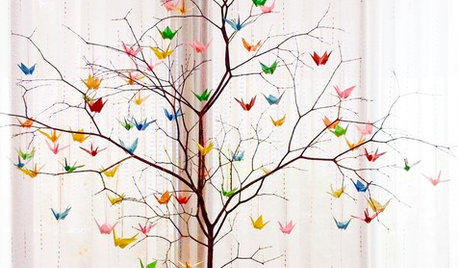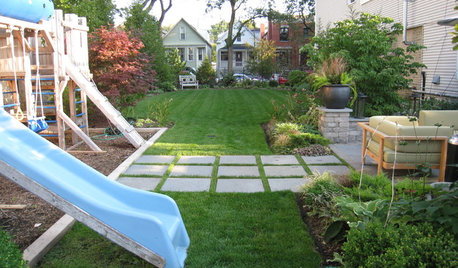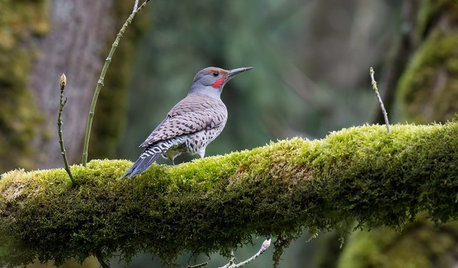Inducing a branch
glenn_russell
14 years ago
Featured Answer
Sort by:Oldest
Comments (40)
alan haigh
14 years agoRelated Professionals
West Chester Landscape Architects & Landscape Designers · Garden City Landscape Architects & Landscape Designers · San Juan Landscape Architects & Landscape Designers · Brooklyn Center Landscape Architects & Landscape Designers · Dickinson Landscape Contractors · East Patchogue Landscape Contractors · Franklin Landscape Contractors · Middle River Landscape Contractors · Pleasant Grove Landscape Contractors · Pompton Lakes Landscape Contractors · Raleigh Landscape Contractors · Red Oak Landscape Contractors · Shaker Heights Landscape Contractors · South Lake Tahoe Landscape Contractors · Woodbury Landscape Contractorsalan haigh
14 years agocebury
14 years agojoe-il
14 years agoglenn_russell
14 years agoMichael
14 years agoalan haigh
14 years agocebury
14 years agocebury
14 years agoglenn_russell
14 years agoglenn_russell
14 years agoalan haigh
14 years agomarknmt
14 years agoglenn_russell
14 years agoalan haigh
14 years agoMichael
14 years agoglenn_russell
14 years agomarknmt
13 years agoglenn_russell
13 years agoalan haigh
13 years agothisisme
13 years agoglenn_russell
13 years agothisisme
13 years agoalan haigh
13 years agoglenn_russell
13 years agoolpea
13 years agothisisme
13 years agomarknmt
13 years agothisisme
13 years agothisisme
13 years agoalan haigh
13 years agoeric_spottedsnake_net
13 years agoolpea
13 years agocebury
13 years agoolpea
13 years agocebury
13 years agocebury
13 years agoericf
13 years agoNorthGa7A
11 years ago
Related Stories

DECORATING GUIDESWarm Up to Wood for an Eye-Catching Wall
Give an accent wall appealing warmth and depth with wood, whether you go down-home rustic or upscale chic
Full Story
BOLD COLOR10 Ways to Love Neon
Horrified at hot orange? Bright pink turns you pale? These modern ideas for neon around the home may turn your aversion into affection
Full Story
GARDENING AND LANDSCAPINGReflecting Pools as Liquid Assets
Mirroring the sky and the earth, reflecting pools and ponds heighten the sensory experience of nature in your landscape
Full Story
MOST POPULARHouzzers Deck the Halls
From traditional to quirky to innovative, readers show their Christmas tree style
Full Story
LIFE6 Tips for Teaching Your Kids to Be Good Neighbors
Everyone wins when your children learn to respect boundaries, get help when they need it and show others they care
Full Story
DINING ROOMSNew This Week: Proof the Formal Dining Room Isn’t Dead
Could graphic wallpaper, herringbone-patterned floors, wine cellars and fire features save formal dining rooms from extinction?
Full Story
GARDENING GUIDESBackyard Birds: Healthy Home Habitats for Northern Flickers
These colorful woodpeckers found across the U.S. and Canada love berries, seeds and ants and often nest in deep burrows in trees
Full Story
HOUSEKEEPINGWhat's That Sound? 9 Home Noises and How to Fix Them
Bumps and thumps might be driving you crazy, but they also might mean big trouble. We give you the lowdown and which pro to call for help
Full Story
LIFE3 Ways to Get Unstuck — About Organizing, Decorating, Whatever
Break out of the do-nothing rut to accomplish your goals, whether at home or in other parts of your life
Full Story
LIFE8 Home Projects Perfect for Holiday Downtime
Start the new year on the right foot by using some free time now to organize, store and clean
Full Story





glenn_russellOriginal Author